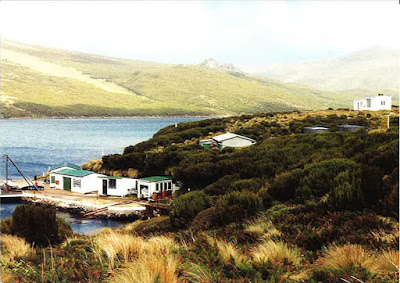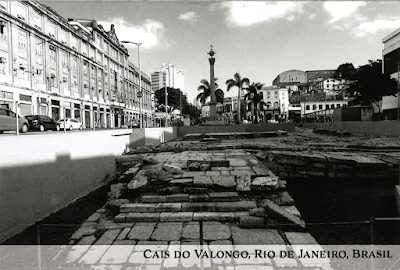Located in the eastern Pacific Ocean, this archipelago is made up of four remote islands and their surrounding waters: San Benedicto, Socorro, Roca Partida and Clarión. This archipelago is part of a submerged mountain range, with the four islands representing the peaks of volcanoes emerging above sea level. The islands provide critical habitat for a range of wildlife and are of particular importance for seabirds. The surrounding waters have a remarkable abundance of large pelagic species, such as manta rays, whales, dolphins and sharks.
Revillagigedo群岛
这片群岛位于太平洋东部,由四座岛屿及其周边水域组成:圣贝内迪克托、索科罗、罗卡帕蒂达和克拉里翁岛。群岛是海底山脉的组成部分,露出水面的海底火山顶就是岛屿。群岛为海鸟等许多野生物种提供了重要的栖息地。岛屿周边水域中生活着巨型鬼蝠鲼、鲸鱼、海豚和鲨鱼等丰富多样的大型浅水物种。
Source UNESCO WH website http://whc.unesco.org/en/list/1510
- 1510-001 Isla Socorro
- 1510-002 Isla Clarion
1510-003 Isla San Benedicto- 1510-004 Isla Roca Partida
















